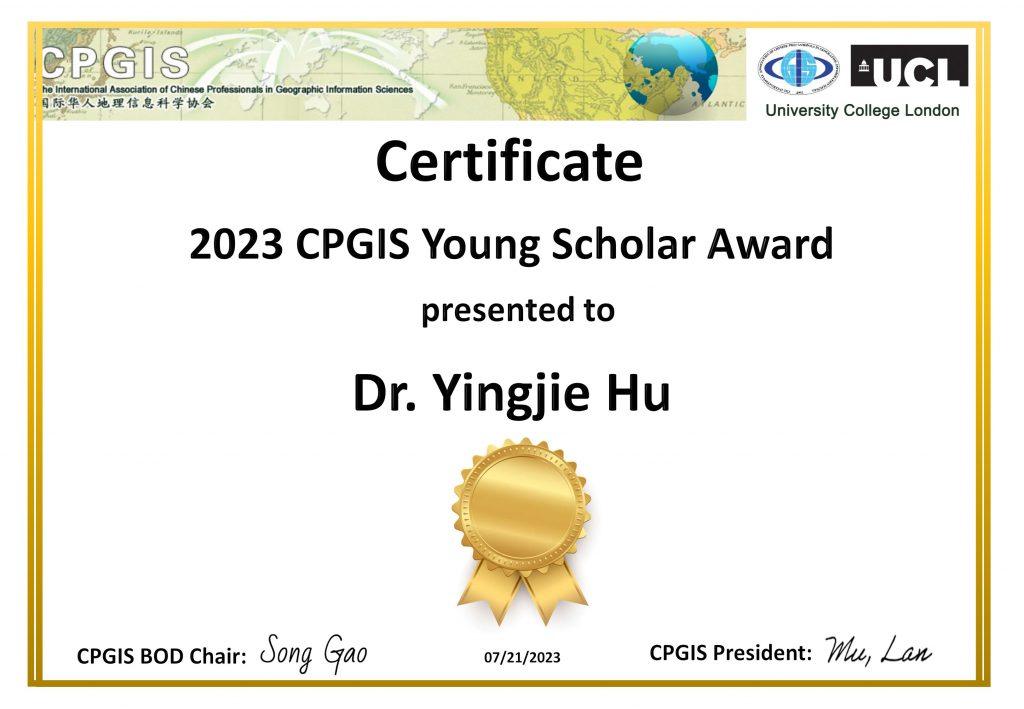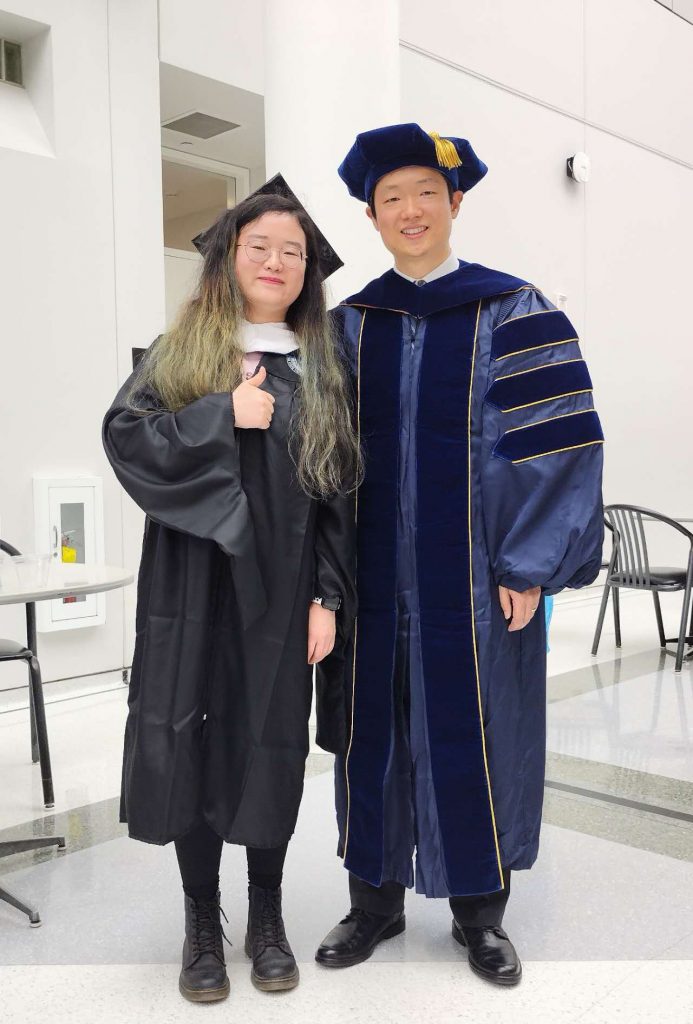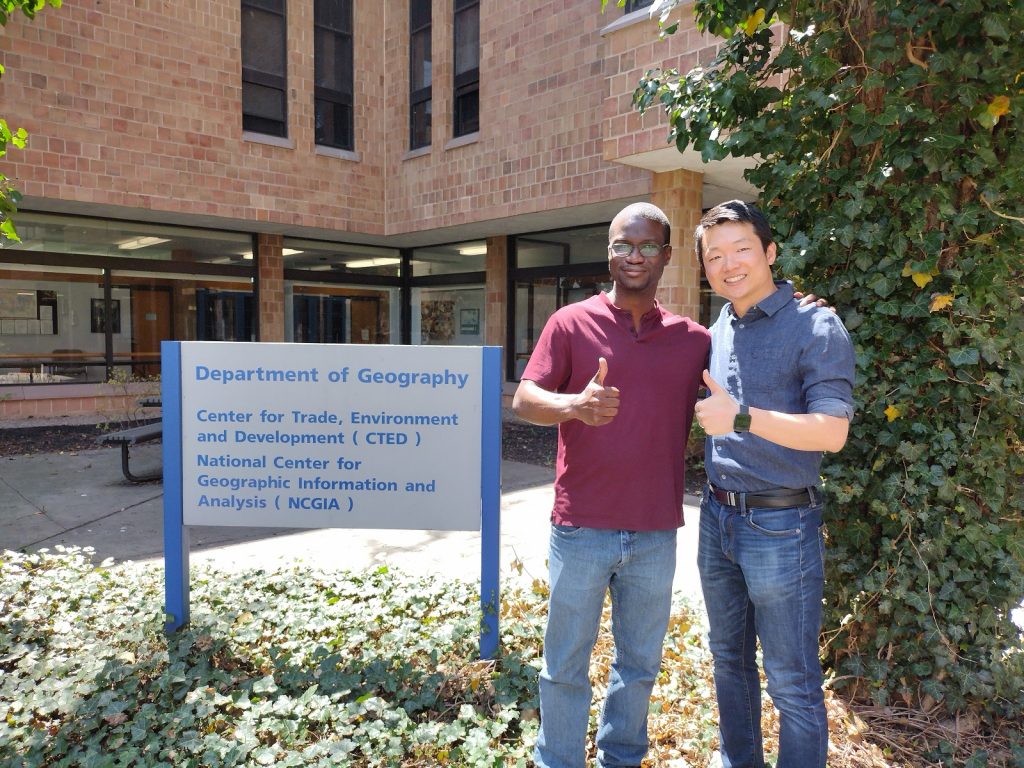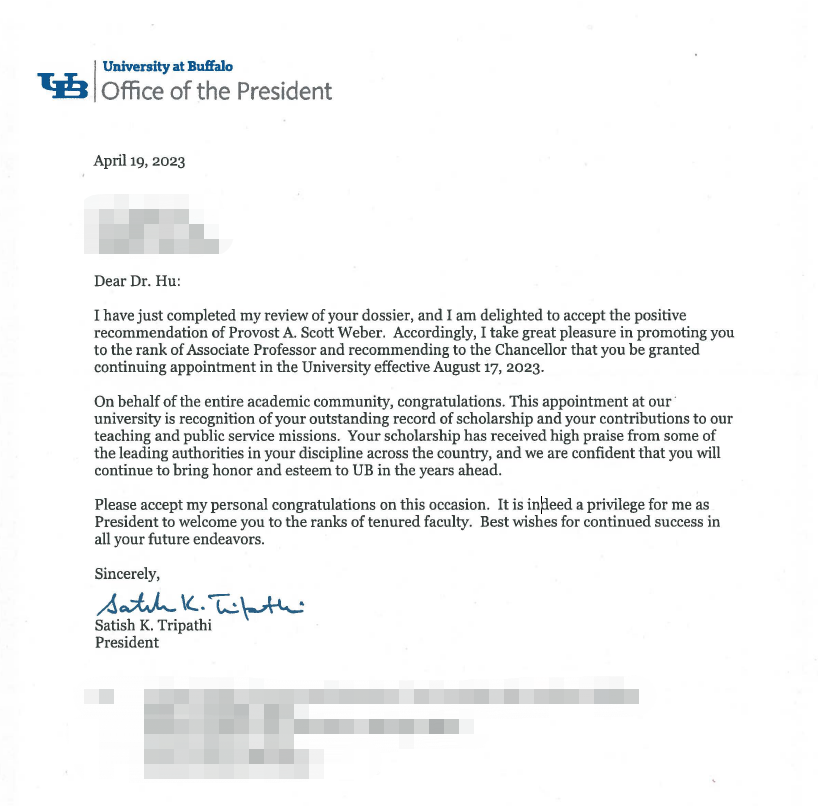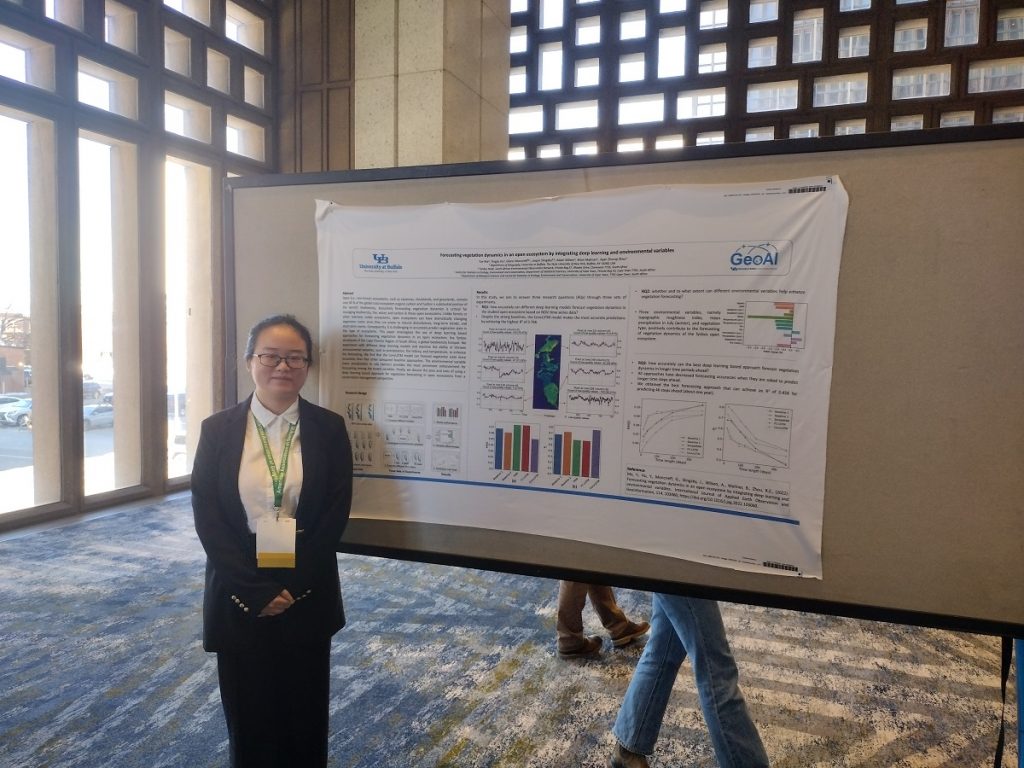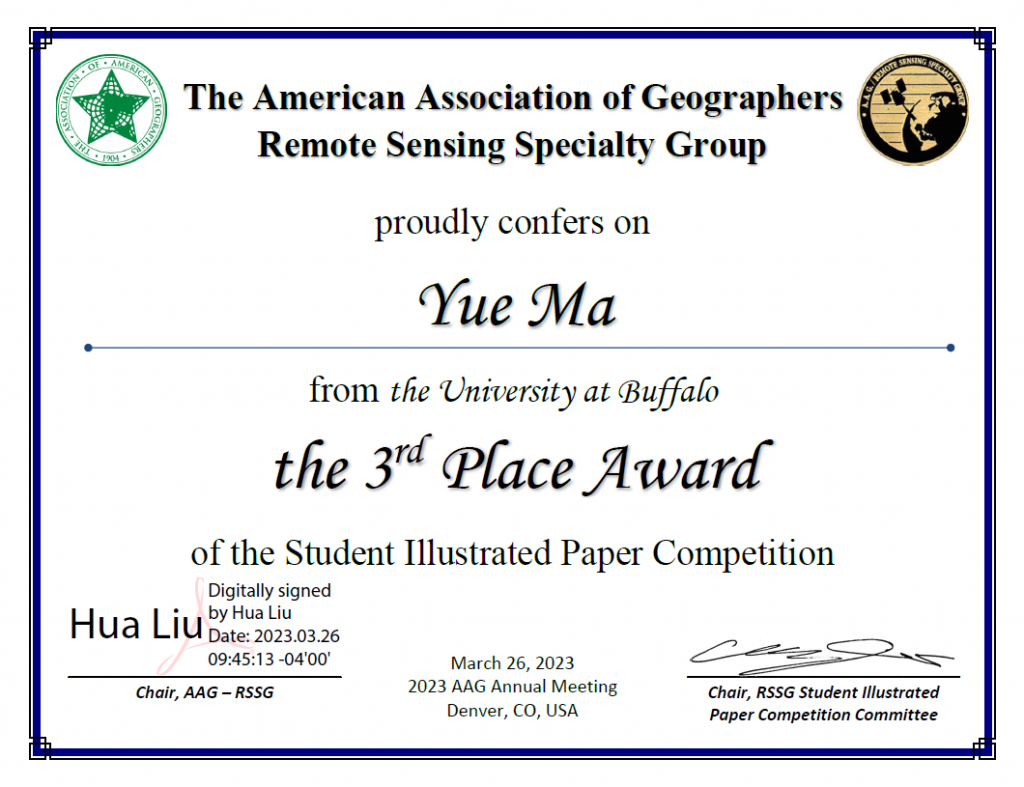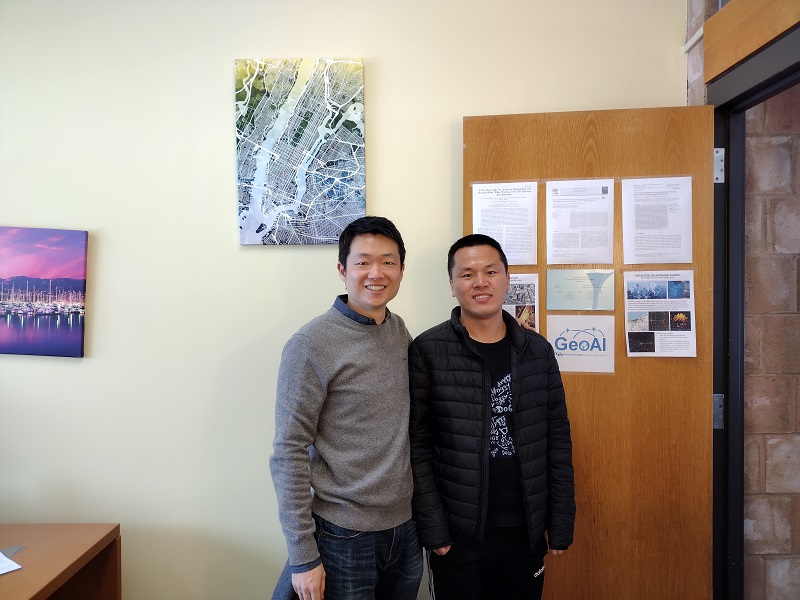Abstract:
Background: Obesity is a serious public health problem. Existing research has shown a strong association between obesity and an individual’s diet and physical activity. If we extend such an association to the neighborhood level, information about the diet and physical activity of the residents of a neighborhood may improve the estimate of neighborhood-level obesity prevalence and help identify the neighborhoods that are more likely to suffer from obesity. However, it is challenging to measure neighborhood-level diet and physical activity through surveys and interviews, especially for a large geographic area.
Methods: We propose a method for deriving neighborhood-level diet and physical activity measurements from anonymized mobile phone location data, and examine the extent to which the derived measurements can enhance obesity estimation, in addition to the socioeconomic and demographic variables typically used in the literature. We conduct case studies in three different U.S. cities, which are New York City, Los Angeles, and Buffalo, using anonymized mobile phone location data from the company SafeGraph. We employ five different statistical and machine learning models to test the potential enhancement brought by the derived measurements for obesity estimation.
Results: We find that it is feasible to derive neighborhood-level diet and physical activity measurements from anonymized mobile phone location data. The derived measurements provide only a small enhancement for obesity estimation, compared with using a comprehensive set of socioeconomic and demographic variables. However, using these derived measurements alone can achieve a moderate accuracy for obesity estimation, and they may provide a stronger enhancement when comprehensive socioeconomic and demographic data are not available (e.g., in some developing countries). From a methodological perspective, spatially explicit models overall perform better than non-spatial models for neighborhood-level obesity estimation.
Conclusions: Our proposed method can be used for deriving neighborhood-level diet and physical activity measurements from anonymized mobile phone data. The derived measurements can enhance obesity estimation, and can be especially useful when comprehensive socioeconomic and demographic data are not available. In addition, these derived measurements can be used to study obesity-related health behaviors, such as visit frequency of neighborhood residents to fast-food restaurants, and to identify primary places contributing to obesity-related issues.
Keywords: Obesity, diet, physical activity, anonymized mobile phone location data, GeoAI.
More details are available at:
Ryan Zhenqi Zhou, Yingjie Hu, Jill Tirabassi, Yue Ma, and Zhen Xu (2022): Deriving neighborhood-level diet and physical activity measurements from anonymized mobile phone location data for enhancing obesity estimation. International Journal of Health Geographics, 21(1), 1-18. [PDF]
